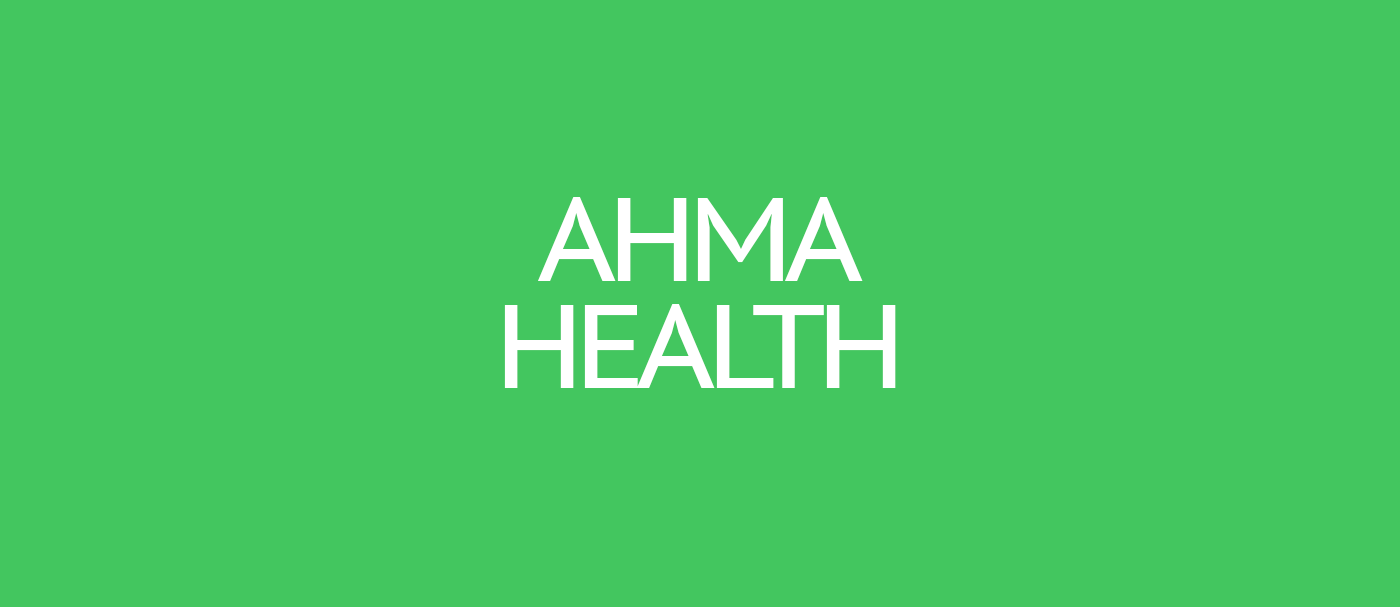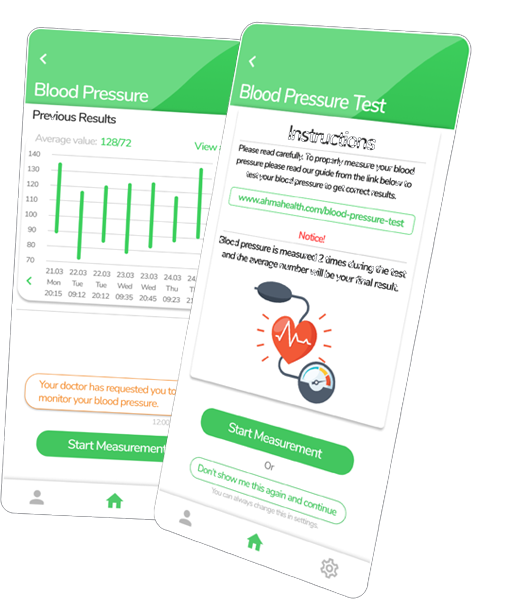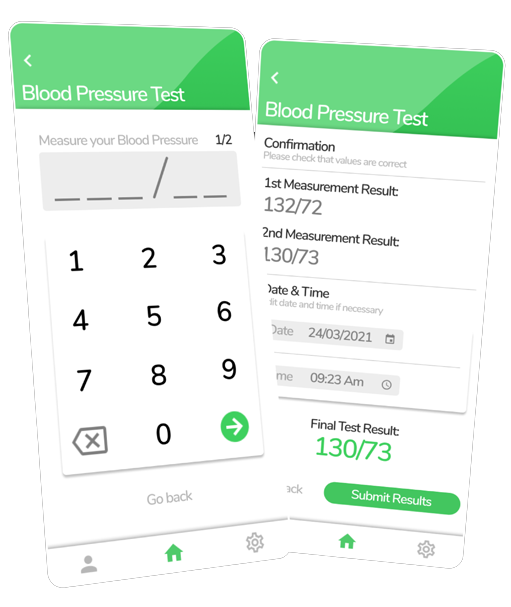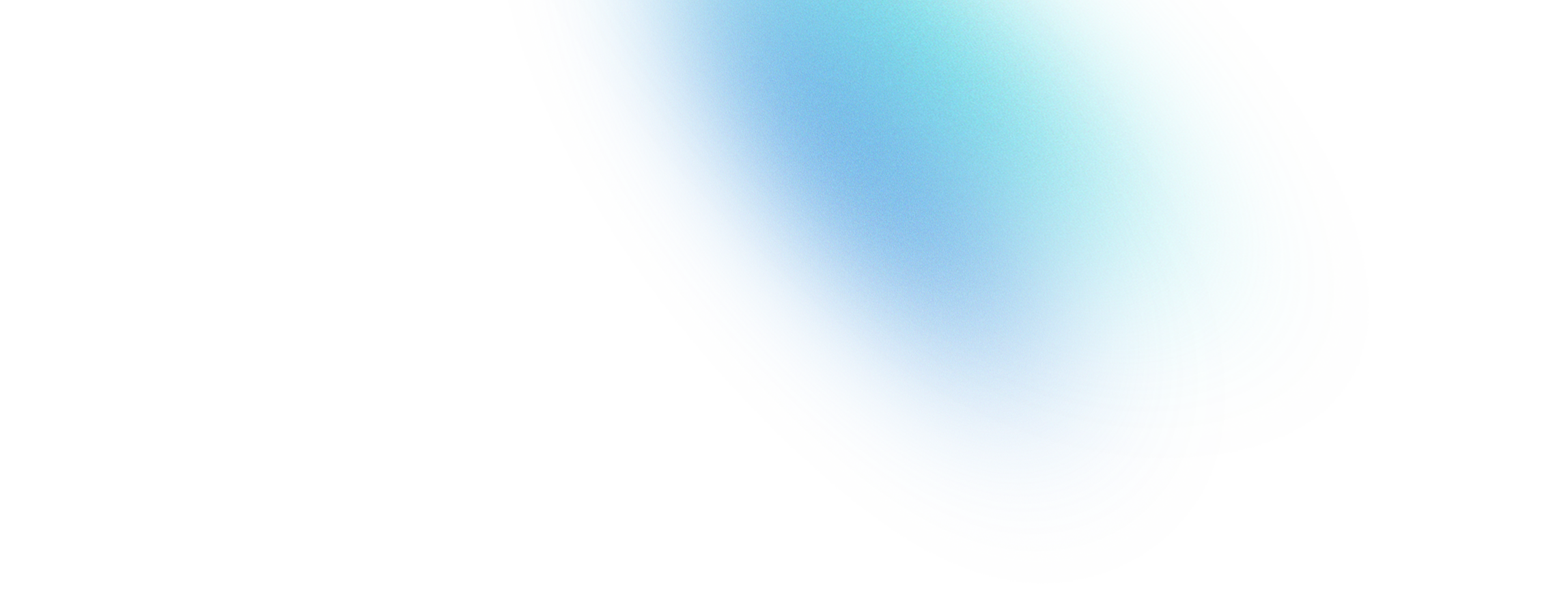Reaktor 2022 UX Designer Assignment
As a candidate for the Reaktor UX Designer role for Summer 2022, I was tasked with streamlining the user experience of a digital healthcare mobile application for an imaginary company.
The challenge was to choose two tasks from four different options, and create a user flow for chosen tasks.
The goal of Case C: Monitoring was to design a user-friendly interface that allows users to easily report their blood pressure to their doctor. The difficulty here was that user should be measuring their blood pressure twice and the average number then would be submitted for the doctor.
In Case D: Prescriptions, the goal was to create a user-friendly interface for checking the validity of a user's prescription and locating the nearest pharmacy that has the medication available.
I used Figma to create the user interface for this assignment, which allowed me to create high-fidelity wireframes and interactive prototypes that effectively convey the proposed design solutions. This helped me to validate my design choices and prototype my design with actual device on your hands.
This assignment was an excellent opportunity for me to showcase my skills as a UX designer and demonstrate my ability to improve the user experience of a digital healthcare mobile application. I am confident that my solutions would have a positive impact on the overall user experience of the digital healthcare mobile application.
Now I'll explain couple of issues and my way of thought process to solve these issues.


Case C: Problem 1 - Measuring blood pressure

As I began working on the Case C -assignment, which involved designing a user-friendly interface for reporting blood pressure to doctors, I quickly identified an issue that needed to be addressed. The problem was that the task of measuring blood pressure was being assumed to be a known process for all patients, however, measuring blood pressure might not be a familiar process for everyone. This presented a challenge as it was important to ensure that the application was able to cater to the needs of all users, regardless of their level of familiarity with blood pressure measurement.
To address this issue, I proposed a solution that involved providing an opt-out option for instructions on the correct way to measure blood pressure. This would ensure that new users who may not have had the opportunity to receive guidance on blood pressure measurement, would still be able to use the application effectively. The instructions could be presented as their own app screen or as a pop-off notification when the user opens the blood pressure measurement feature.
This solution was especially relevant given the current Covid-19 pandemic, where remote appointments for health checks have become more common. The absence of face-to-face guidance from healthcare professionals has highlighted the importance of providing clear and easy-to-understand instructions within digital health applications to ensure that all users are able to use the application effectively.
Case C: Problem 2 - Submitting the numbers
As I continued to work on the Case C -assignment, I identified an additional issue that needed to be addressed. The problem was that the process of measuring blood pressure and submitting the results to the doctor was unnecessarily complex and confusing for the users. The issue was that the users were required to enter the same information multiple times, which led to confusion and a poor user experience.
To solve this issue, I proposed a solution that involved creating a seamless flow that guides the users through the process of measuring and submitting their blood pressure results. The solution involved using a 2-step input screen and a results screen that are divided by animations to clearly illustrate the user's progress. This would help users to understand the process and make it more intuitive.
The input format for blood pressure was chosen to be a "calculator-like" component that most smart device users are already accustomed to. This design decision was made to make it easy for users to understand and use the feature, and to minimize the chance of errors.

Case D: Problem 3 - Get your medications!
As I delved deeper into the Case D -assignment, which involved designing a user-friendly interface for checking the validity of prescriptions and locating the nearest pharmacies that have the medication available, I encountered a challenging issue that required a thoughtful solution. The problem was that it was difficult for users to quickly and easily find the closest pharmacies that had the medication they needed in stock. This presented a problem as it could lead to users wasting time and resources searching for medication that may not be available.
For this case I ideated that using a "Google Maps"-like service to display the closest pharmacies on a map would be the best. The map would be color-coded, with green indicating pharmacies that have the medication in stock, and grey indicating those that do not. Additionally, the map would display additional information such as the opening hours of the different pharmacies. This would help users to quickly and easily identify the closest pharmacies that have the medication they need in stock, and also plan their visit accordingly.
In addition to this, I also incorporated the use of GPS data from the user's device to help locate the closest pharmacies, and an integration with the device's navigation application. This would allow users to easily navigate to the pharmacy of their choice with the help of a "Get Directions" button. This solution would not only save users time and resources but also help them to find the medication they need more efficiently and faster.

